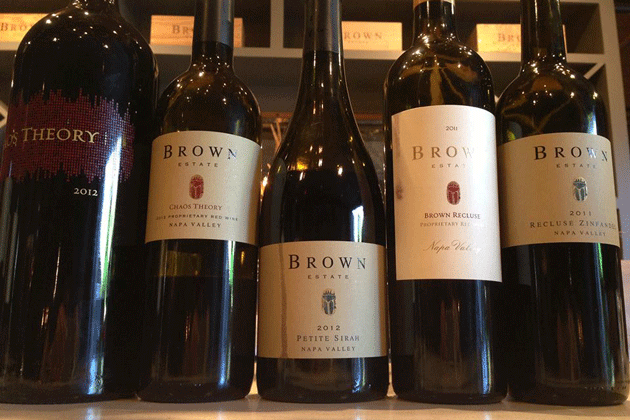No products in the cart.
Photos
Read a Wine Label As a Gourmet
Wine labels have a lot of information about them. Some important things to understand are what’s in the bottle, and some are just blowing smoke. Here’s a quick guide to help you know what’s important, how to spot a bargain, and what to ignore.
Appellation Credential is given to producers in the area according to strict rules regarding the use of grapes, crop yields, alcohol yields, and quality levels. Specific requirements for regions are determined by country of origin.
There are two main styles of wine labels commonly found in shops. An alcohol identified by the brand name or alcohol is indicated by its name credentials. A wine labeled by its brand will tell what grapes are made on the front label (whether it’s Chardonnay or “red mix”). Alcohol is determined by the log information based on the rules and rules of the quality of the name to indicate what is in the bottle. A perfect example of a wine called Chablis: Nowhere on the Chablis label is a mention of chardonnay as grape, nor is Chablis usually an unoaked chardonnay.
Understanding a wine label not only tell you how the wine tastes but it can help you get a more comprehensive view of what you are buying.
1. Manufacturer or manufacturer’s name
That is either obvious or in the small text at the top or bottom of the label (such as many examples of French wine labels). This is the winemaker. It is important to note that some US brands of wines have only Wines (such as Apothic Red) are branded wines from larger wineries. Apothic Red is a trademark of E & J Gallo – manufacturer.
2. Region
This area indicates where the grapes are supplied for the production of wine. Wines from a larger area are more likely to be valuable wine, while wines from a specific vineyard often designate higher quality areas (for example, “California” compared to the AVA “Santa Rita Hills”). If a wine comes from a specific vineyard, that site will be indicated in the citations (ie “Les Suchots”) or located just below the area designation (ie Vosne Romanee Les Suchots). In general, when you narrow down the source to a particular web page, the quality level becomes more subtle and the price increases.
3. Variety or Appellation
Variety refers to what grapes or grapes are used in making wine – Merlot for example, or CMS Blend (Cab, Merlot, Syrah). Many mixtures will not reveal the grape ingredient as well as the percentage of each type. If no breed is given, look up the Name, which can give you clues about the types of varietals that are used based on the rules that govern that area. There are 15 countries with official names defined, although the severity of the rules and the various issues vary greatly among them.
4. Vintage or Non-Vintage (NV)
The year in which the grapes are harvested is classic. Classic says a lot about a wine if you are familiar with classic variations. As a general rule, multi-grade wines or “NV” wines are lower value wines, as they can easily draw alcohol from a variety of wines to control flavor.
5. Alcohol by volume (ABV)
The level of alcohol actually speaks volumes about wine. Many wine regions in Europe only allow their highest quality wine to have 13.5% ABV or more. In the United States, ABV can be quite high (up to 17% on some dry wines) and the level of alcohol is a sign that wine may taste good. Many higher-alcohol wines are made from grapes and have more fruit flavors. Again, this is an overview and there are exceptions to the rule.
6. Reserve
A winemaker can choose to use this name to tell consumers ‘This is a high-quality wine.’ It is based on the retention of some special wines to aging. And yes, usually it will cost more than its varietal counterpart (“pinot noir” vs. “reserve pinot noir”, for example). Rules on the use of different words by country and actually may not be strict. You will see the words “reservation”, “Reserva” or “Riserva”, to name a few words.
7. 750ml
Standard size bottle in milliliters. This is equivalent to 25.4 ounces (it’s a smidgen over a typical – US – 12-ounce beer.) Looking forward to four generous glasses of wine out of this sized bottle. There are some great names for great bottles – Melchior, Jeroboam, Nebuchadnezzar, for example – and many of them are of biblical origin. For the best preservation of a 750ml bottle with 4 glasses of wine, it is a good idea to use Wood 4-Wine Glasses Bottle Holder.





